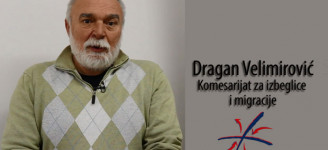CHAPTER III - ADVANCED

The separation of families is a common phenomenon in international migration and can arise for many reasons depending on the root causes of the movement and the circumstances of the journey. While in labour migration, economic obstacles or unfavourable visa-policies often prevent family units from relocating cohesively, in humanitarian migration of individuals in need of international protection, separation is prompted by conflict and other risks factors threatening the life or freedom in the country of origin or by disruptive events in transit countries. The external nature of these events often deprives refugees of any control of their circumstances, worsening their distress. When these events result in refugee family separation, the hardship faced by individuals is increased due to the uncertainty of their circumstances. In view of the above, the concept and purpose of family reunification as a legally recognised concept, is to restore family links where these are disrupted by the migration experience. As it will be examined below, the protection afforded to the family unity will vary depending on the type of migration movement considered and the individual circumstances of those concerned. Human rights law protects the family (as a legal entity and through the individual right to respect for family life) from separation and seeks to maintain or restore family unity, balancing family life rights with the State’s legitimate interest in regulating migration. The sections below will examine the main instruments and standards applying to migrants in conditions of separation from their family members, for humanitarian or other reasons, as well as the remedies available to rectify this situation.















